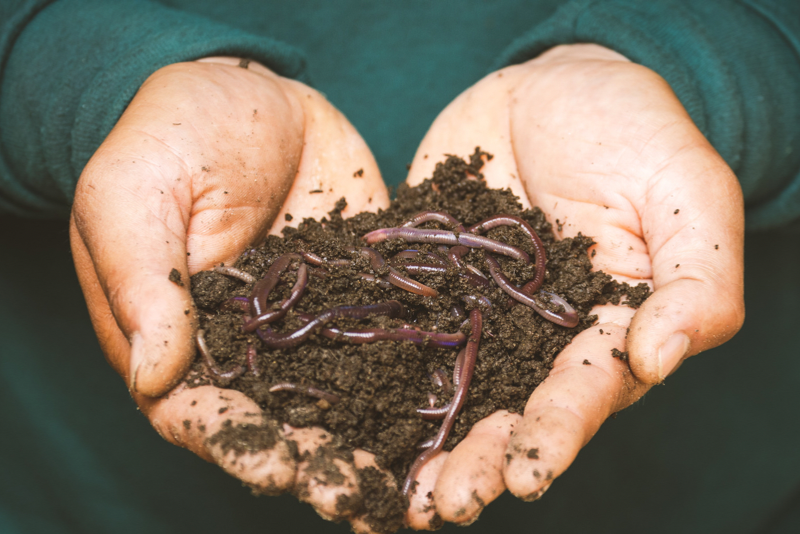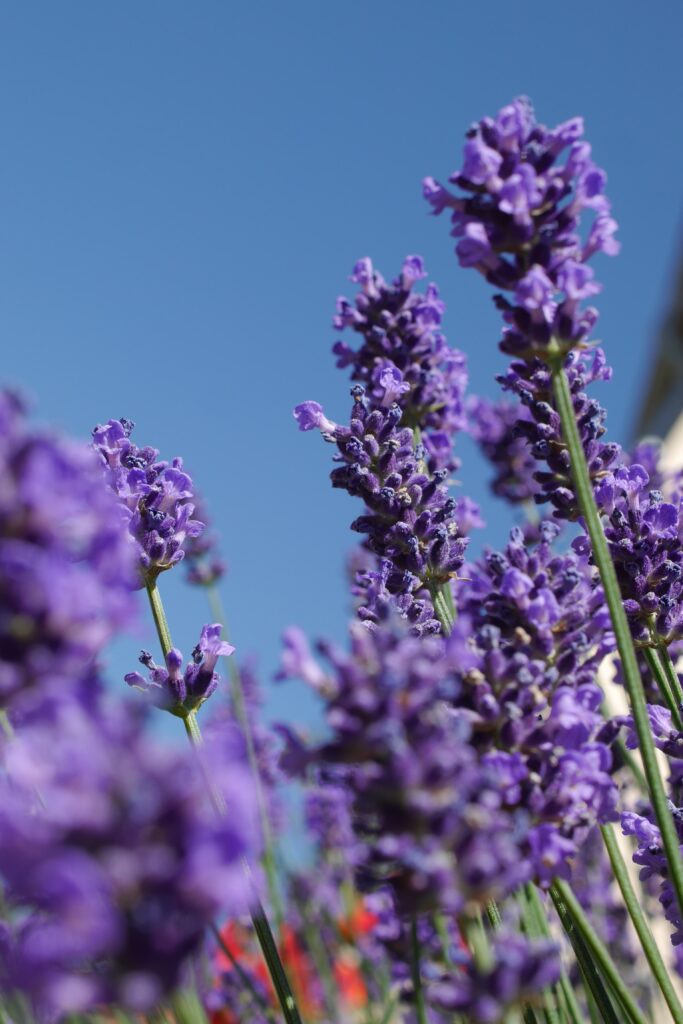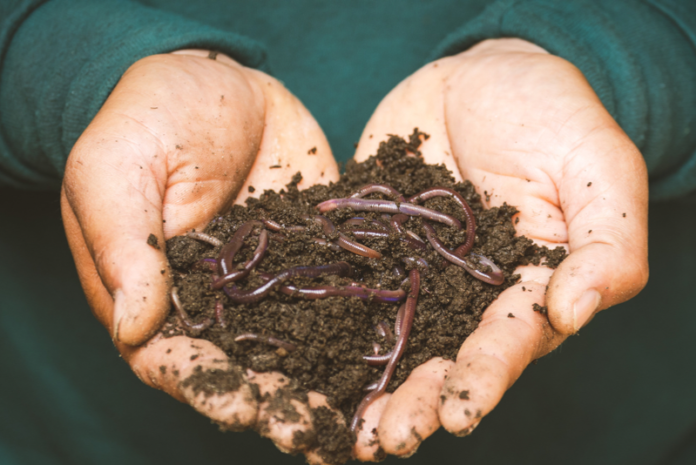Sustainable Gardening
Sustainable gardening is a gardening approach that focuses on conserving natural resources, promoting biodiversity, and ensuring that the garden is self-sufficient. The aim is to create an ecosystem that can be sustained over time without causing harm to the environment or depleting its resources. This type of gardening involves the use of environmentally friendly techniques and materials, such as composting, rainwater harvesting, and the use of organic fertilisers and pest control methods.
Sustainable gardening is essential because it helps to conserve natural resources, protect biodiversity, and reduce the impact of human activities on the environment. By practising sustainable gardening techniques, we can create beautiful and productive gardens that are also good for the planet. It also has the added benefit of being healthier for the gardener and the food grown in the park.
Companion Planting
The Power of Plant Partnerships
Companion planting is all about pairing up plants that have a mutually beneficial relationship. This technique can help you maximise the space in your garden and reduce the need for pesticides. For example, planting basil alongside your tomatoes can help repel harmful insects and improve the flavour of your tomatoes. Start your sustainable gardening journey today by exploring the world of companion planting.
Pairing Up for a Productive Garden
- Choose companion plants that have complementary growing habits and requirements
- Plant tall plants to the north or northwest to avoid shading smaller plants
- Interplant herbs among your vegetable plants to deter pests and improve flavour.
Vermiculture
Turn Kitchen Scraps into Rich Soil

Vermiculture, or worm composting, is a simple and effective way to turn your kitchen scraps into nutrient-rich soil for your garden. All you need is a worm bin, some bedding material, and kitchen scraps; your worms will do the rest! This sustainable gardening technique is a great way to reduce waste and give plants the nutrients they need to thrive. Start your vermiculture journey today!
Worms at Work: A Step-by-Step Guide
- Choose a worm bin that is the right size for your household waste
- Add bedding material, such as shredded newspaper or coir, to the bin
- Add kitchen scraps and worms to the bin, and make sure to keep the bin moist
- Harvest the compost and use it to fertilise your garden every 4-6 months
Rainwater Harvesting
Capture the Benefits of Mother Nature
A quick and easy approach to saving water and lowering your water cost is to collect rainwater. By collecting rainwater in barrels or cisterns, you can use this free resource to water your plants instead of relying on treated tap water. This sustainable gardening technique is a great way to conserve resources and help the environment. Start harvesting rainwater today!
Catch the Rain, Save the Drain
- Choose a rain barrel or cistern that is the right size for your needs
- Place the barrel or cistern in a location that will catch rain from your roof or gutters
- Connect a downspout to the barrel or cistern to direct rainwater into it
- Use a pump or gravity to distribute the water to your garden as needed
Crop Rotation
Maximise Your Garden’s Potential
Crop rotation is a simple but effective way to maximise your garden’s productivity and reduce the risk of soil-borne diseases. By rotating the crops you plant in each bed yearly, you can lessen the demand for pesticides by maintaining soil fertility. Start turning your crops today and see the difference for yourself!
Rotate to Regenerate
- Plan your crop rotation, taking into account the different needs of each crop
- Plant legumes, such as beans or peas, in one bed one year and then rotate them to another bed the following year
- Avoid planting the same crop in the same bed for several years in a row
- Keep records of what you plant where, so you can track your rotation over time
Mulching
The Secret to a Thriving Garden
Mulching is a simple but effective way to conserve moisture in your soil, suppress weeds, and regulate soil temperature. By covering your soil’s surface with organic material, you can help keep your plants healthy and thriving. Start mulching your garden today and enjoy the benefits!
The Mulch Makeover
- Choose an organic material, such as leaves, straw, or grass clippings, for your mulch
- Spread a 2–4-inch layer of mulch over the surface of your garden beds
- Make sure to leave a gap around the base of each plant to allow for proper air circulation
- Refresh the mulch as needed to maintain a consistent depth and quality
Intercropping
Maximise Your Garden Space
Intercropping is a technique that involves planting multiple crops in the same bed. This method can help you maximise the space in your garden and increase yields. For example, planting beans alongside corn can help improve soil fertility and reduce the need for synthetic fertilisers. Start intercropping today and see the results for yourself!
Double the Yield, Double the Fun
- Choose crops that have different growing habits and requirements
- Plant taller crops, such as corn or sunflowers, at the back of the bed
- Plant smaller crops, such as lettuce or radishes, in front of the taller crops
- Make sure to water and fertilise the crops as needed, taking into account the different needs of each crop.
Drought-Tolerant Gardening
Grow a Garden with Less Water
Drought-tolerant gardening is a technique that involves selecting plants that are adapted to growing in dry conditions. This method can help you conserve water and reduce your water bill. Start developing a drought-tolerant garden today and enjoy the benefits!

Water Wise: A Guide to Drought Gardening
- Choose plants that are native to your area or adapted to your climate.
- Plant in well-draining soil and in areas that receive full sun.
- Water deeply but sparingly, letting the soil dry out in between applications.
- Use mulch to conserve moisture and regulate soil temperature
Sustainable gardening is a critical approach that can help to conserve natural resources, protect biodiversity, and reduce the impact of human activities on the environment. By incorporating environmentally friendly techniques and materials into your gardening practices, you can create a beautiful and productive garden that is also good for the planet. So, get started on your sustainable gardening journey today!
Further Resources
If you would like to dive deeper into the topic of sustainable gardening, here are some additional resources for further reading:
- National Gardening Association: https://www.garden.org
- Better Homes & Gardens: Better Homes & Gardens: Fresh Takes on Home, Garden & Food (bhg.com)
- Gardeners’ World: Gardening Advice and Inspiration – BBC Gardeners World Magazine
These resources provide more information on sustainable gardening principles, their benefits, and practical tips for implementing them in your garden.





